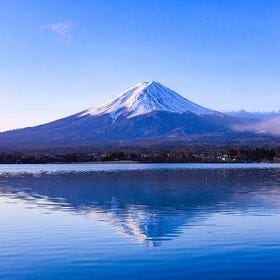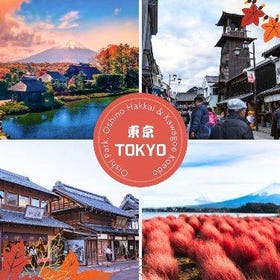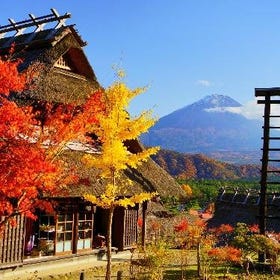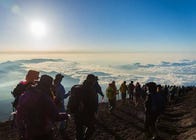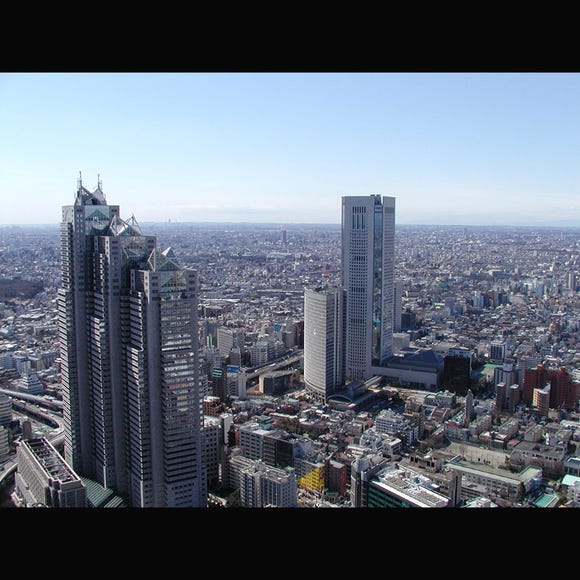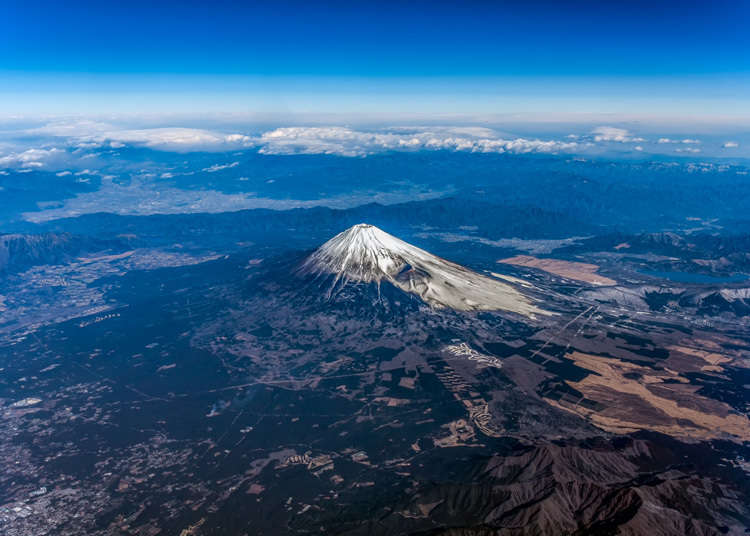
Know Before Climbing: Mount Fuji Weather & What to Wear
- Written by: Shiro Tsuchida
Mount Fuji is one of the most recognizable symbols of Japan and is also the tallest mountain in the country, standing at 3776 meters. Even during the summer months, the temperature at the mountain can drop as low as 6ºC, and the weather can be unpredictable. The base of the mountain is a popular tourist destination during the summer, where the temperature is much cooler than in the city center.
In this article, we will provide you with information on the seasonal climate of Mount Fuji and offer recommendations on what to wear and prepare for your trip in advance.
- Table of Contents
-
- When is the Best Time to Climb Mt. Fuji?
- The Fuji Climbing Season Summer Climate
- Beware of Climate Changes: Spring and Autumn Seasons
- Winter Season: A Dangerous Climate for Mountain Climbing
- What to Wear When Climbing Mount Fuji
- Websites to Check Before Climbing Mt. Fuji
- Fujisan Conservation Donation Campaign
- Recommended Mt. Fuji Tours
When is the Best Time to Climb Mt. Fuji?
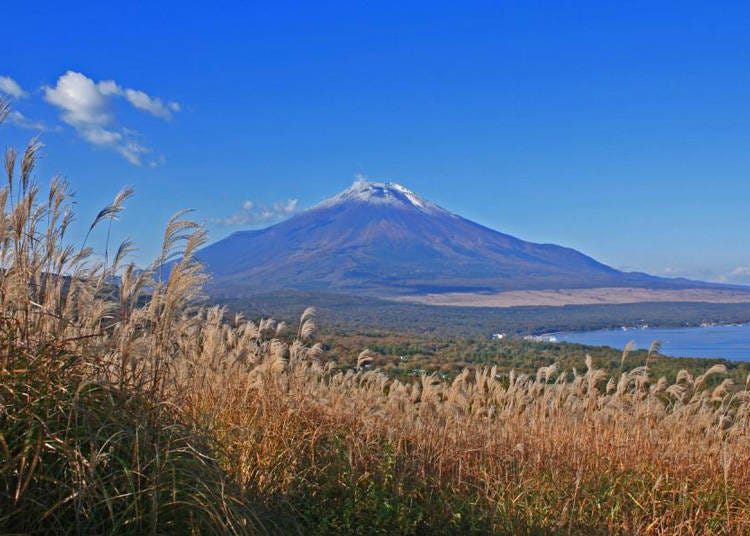
The Mt. Fuji climbing season is usually from early July to September 10th. The exact date the mountain opens to climbers may vary depending on amount of snow remaining.
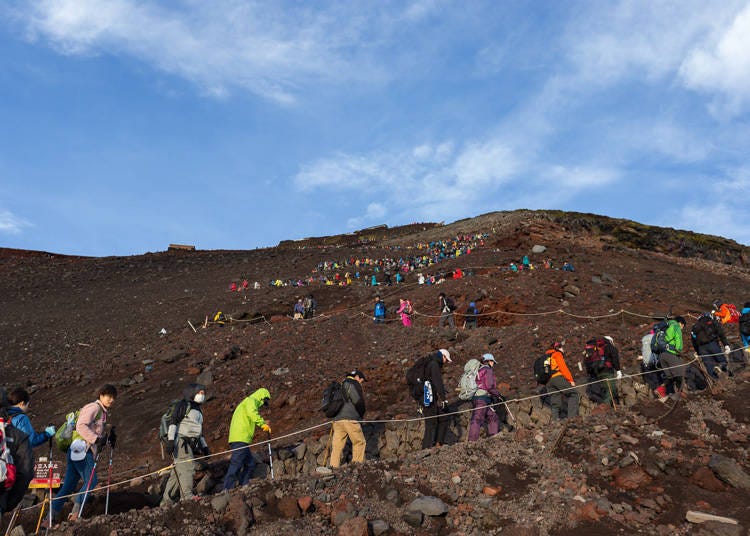
Before climbing Mt. Fuji, you are recommended to submit a 'climbing plan.' Your climbing plan should detail your climbing process, any equipment you're planning to bring or wear, and emergency contact information.
Submitting a climbing plan is great all around - if you encounter any trouble during your climb, it will be easier to search for you. It can also be a good opportunity to make sure your climbing plan is reasonable.
The Fuji Climbing Season Summer Climate
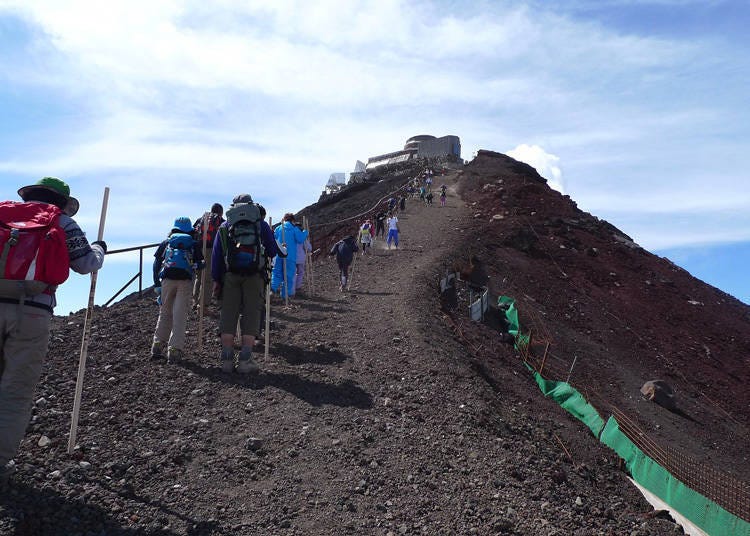
Summer is the season for climbing Mt. Fuji. However, although it is the most suitable season of the year for climbing, there are very few spots with shade, and there is a risk for heatstroke depending on route and location.
On the other hand, higher altitudes mean lower temperatures. Be mindful of your clothing. Avoid those that do not retain heat. It is best to prepare winter clothing.
Another thing to beware of is lightning, which frequently occurs on Mt. Fuji in the summer. It is not uncommon for the weather to change suddenly and for lightning to appear.
If a typhoon is near, winds can be so strong they can knock you off your feet. In these situations, whatever you do, please stop climbing. Not only do the strong winds increase the chances of falling rocks, but temperatures can drop so low, they can result in hypothermia.
Beware of Climate Changes: Spring and Autumn Seasons

You might think that temperatures are usually relatively more stable during the spring and autumn seasons.
However, at Mt. Fuji, temperatures are practically the same as winter, even between late April and early May and mid-to-late November.
Winter Season: A Dangerous Climate for Mountain Climbing
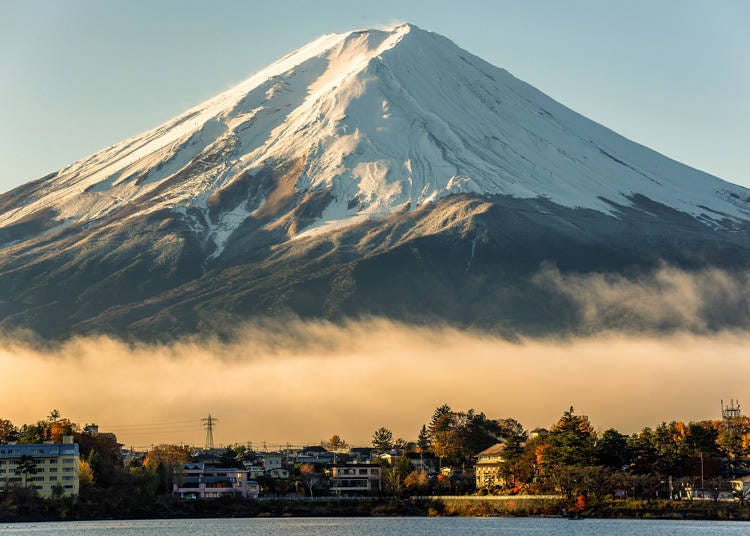
Naturally, winters on Mt. Fuji are severely cold. Temperatures at the summit can drop as low as -20ºC in January. Snow begins to fall on Mt. Fuji in December and accumulates at higher altitudes. By February, the mountain is likely to be covered in snow.
Mountain climbing outside of the season is hazardous. Be sure to climb only during the established climbing period. Do not enter Mount Fuji in winter or autumn.
What to Wear When Climbing Mount Fuji
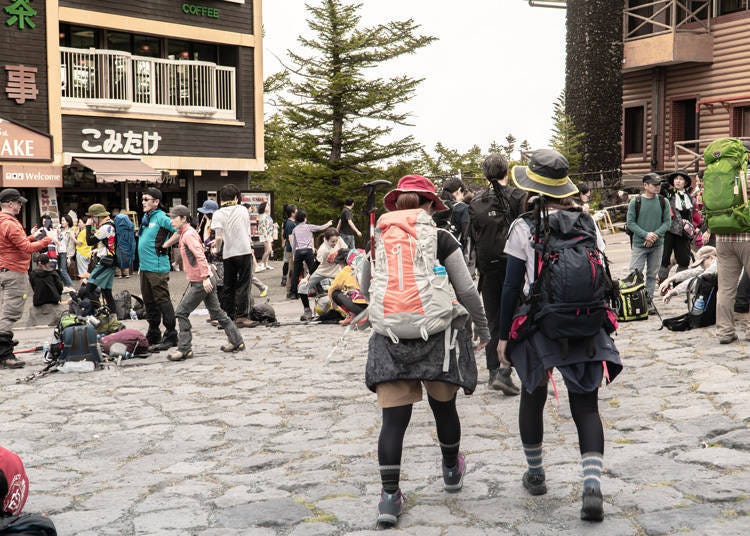
Depending on the exact location, Mt. Fuji's weather and temperature can vary greatly, even within the same season. For this reason, we recommend dressing in clothes that can accommodate sudden weather changes. To prepare adequately for potential sudden changes, equipment such as rain gear and cold-resistant clothing are essential.
Pay no attention to the temperature of your location when you leave your house to go climbing. Though it may be 30ºC when you leave, the temperature may drop to 0ºC as you approach the summit.
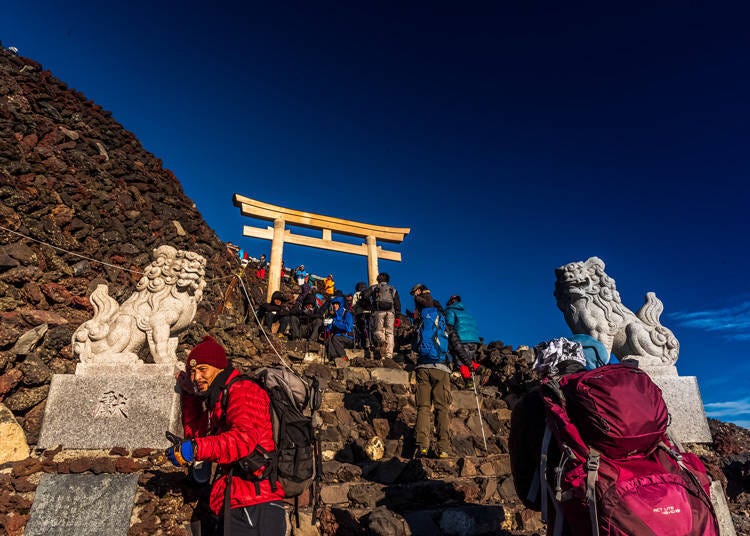
Your body will likely heat up as you climb, and you may not actually feel very cold. However, anytime you take a break, sweat dampens your clothes and causes the body to cool. When this happens, you may lose physical strength or even catch a cold. To avoid this, make sure to bring a quick-drying shirt, a light windbreaker, and a sweater to keep warm.
Footwear is also essential when mountain climbing. Hard-bottomed soles are most suitable, and high-cut footwear can prevent gravel and sand from entering.

You will also need a helmet, a headlight, and other equipment for safety when climbing.
Websites to Check Before Climbing Mt. Fuji
Climbing can be a dangerous activity in general, not only on Mt. Fuji. You must also be mindful of the nature and environment of the mountains. When climbing Mt. Fuji, there are certain rules you must follow to protect the environment.
Here are sites that provide information about Mt. Fuji. Each of the sites contains essential information to know before climbing. Be sure to check them thoroughly before your climb!
1. Website by the Ministry of the Environment, Yamanashi Prefecture, and Shizuoka Prefecture
You can access live cameras that show the current surroundings of the climbing points and the summit of Mt. Fuji. This allows you to check the environment beforehand and prepares you for the climb. It helps you understand what you need to prepare before actually setting out to climb the mountain.
2. Site operated by Shizuoka Prefecture
This is a website operated by Shizuoka Prefecture. It primarily provides information about hiking, especially on the Subashiri Route and the Gotemba Route, including safety precautions for those hiking from these routes. Additionally, it explains why Mount Fuji was designated as a UNESCO World Heritage site and provides insights into the process leading to its inclusion in the list of World Heritage sites.
Fujisan Conservation Donation Campaign
The Fujisan Conservation Donation Campaign was launched to preserve the beauty of Mt. Fuji for future generations. Climbers are encouraged to donate 1000 yen each, while children and those with disabilities can donate any amount they wish. The money collected from donations is used to fund various projects such as environmental protection measures and safety measures for climbers on Mt. Fuji. You can make payments in person, online, or through convenience stores. Help us preserve the natural beauty of Mt. Fuji by supporting this campaign.
Recommended Mt. Fuji Tours
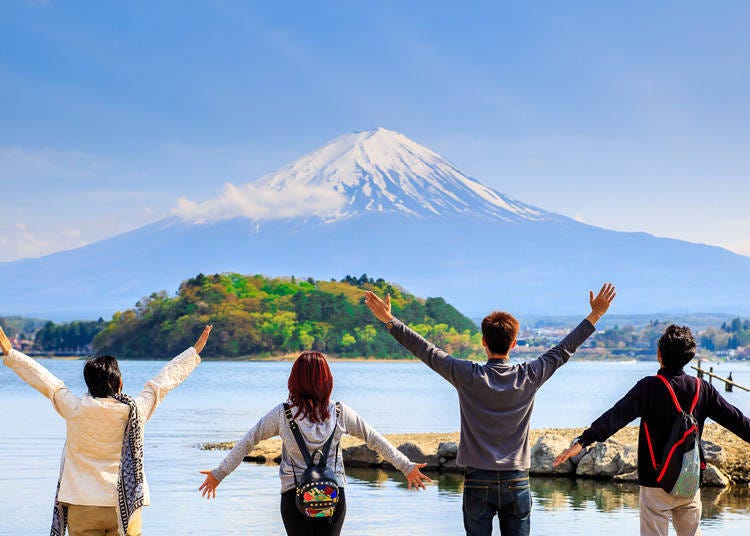
You can check the weather forecasts for the summit, the foot, and the 5th station of Mt. Fuji. It is extremely important to check for the latest local weather updates before heading to Mt. Fuji.
Always plan responsibly for a safe mountain climb, and consider cancelling or postponing a trip in risky situations.
-

-
Address
Fujiyoshida-shi, Yamanashi, 403-0000
View Map -
Nearest Station
Gotemba Station (JR Gotemba Line)
-
Address
Fujiyoshida-shi, Yamanashi, 403-0000
After graduating from university, Shiro worked with an advertising agency for about a year. Leveraging her experience from a journalism club she was part of during her college days, she began her career as a freelance writer. Based in the Kansai region, she capitalizes on her local insights, writing event coverage and reports spanning genres like art, music, comedy, food, and entertainment within the Kinki area. She also handles photography. Additionally, she focuses on region-specific anecdotes and deep dives into local culture and history. Currently, she regularly contributes articles to more than five media outlets.
- Area
- Category
*Prices and options mentioned are subject to change.
*Unless stated otherwise, all prices include tax.
Recommended places for you
-

Discover Japan Duty Free GINZA: A Unique Shopping Experience in the Heart of Tokyo
by: Chehui Peh
-

Ryuguden: Soak in Front of Mount Fuji At This Legendary Hakone Onsen (In-Depth Review)
by: Yoshika Izumi
-

Via Inn Prime Osaka Kyobashi Mizukinoyu: A Convenient Hotel Near Osaka Castle with Open-Air Baths and Nearby Sightseeing
by: Yotsuka Hizuki
-

23 Quirky and Fun Things to Do in Akihabara
by: Himanshi Shah
-

There’s a new museum in Japan, but almost all of its location is a secret
-
Ad

Lapoppo Farm, one of Japan's leading makers of sweet potato treats! An in-depth guide to the secrets behind its popularity, including best-selling products and facilities!
Inspiration for Accommodations
-
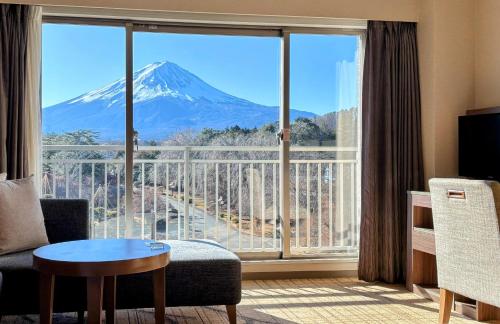
Enjoy Mt. Fuji from the Comfort of Your Room! Recommended Ryokan with Mt. Fuji View
-

Stay Near the Cherry Blossoms! Hotels for Cherry Blossom Viewing in Tokyo
-

Family-Friendly Hotels with Free Shuttle to Disneyland: Convenient Access for a Magical Stay
-
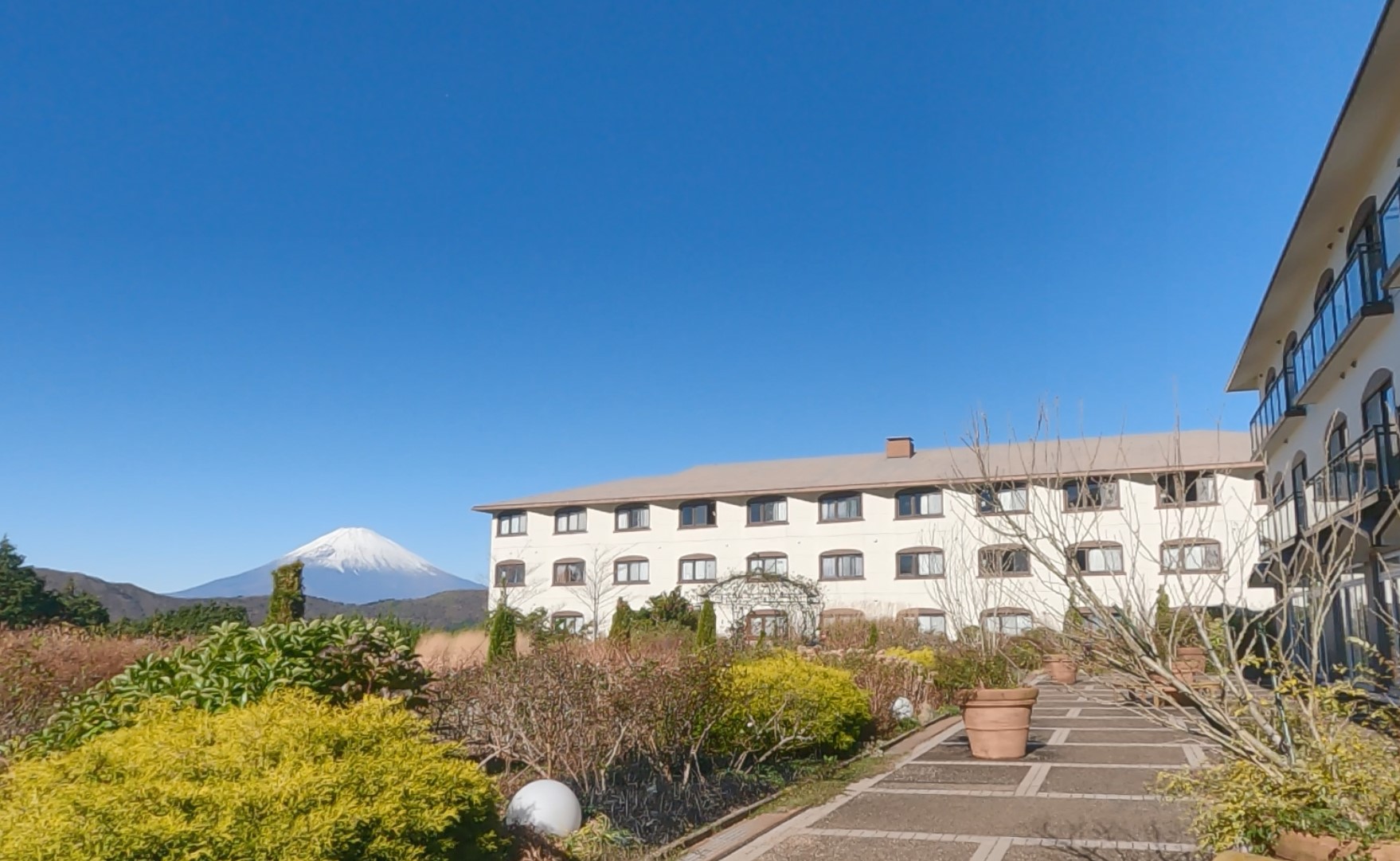
Top Ranked Hakone Hotels with Mt. Fuji View: Enjoy Stunning Scenery from Your Private Space
-
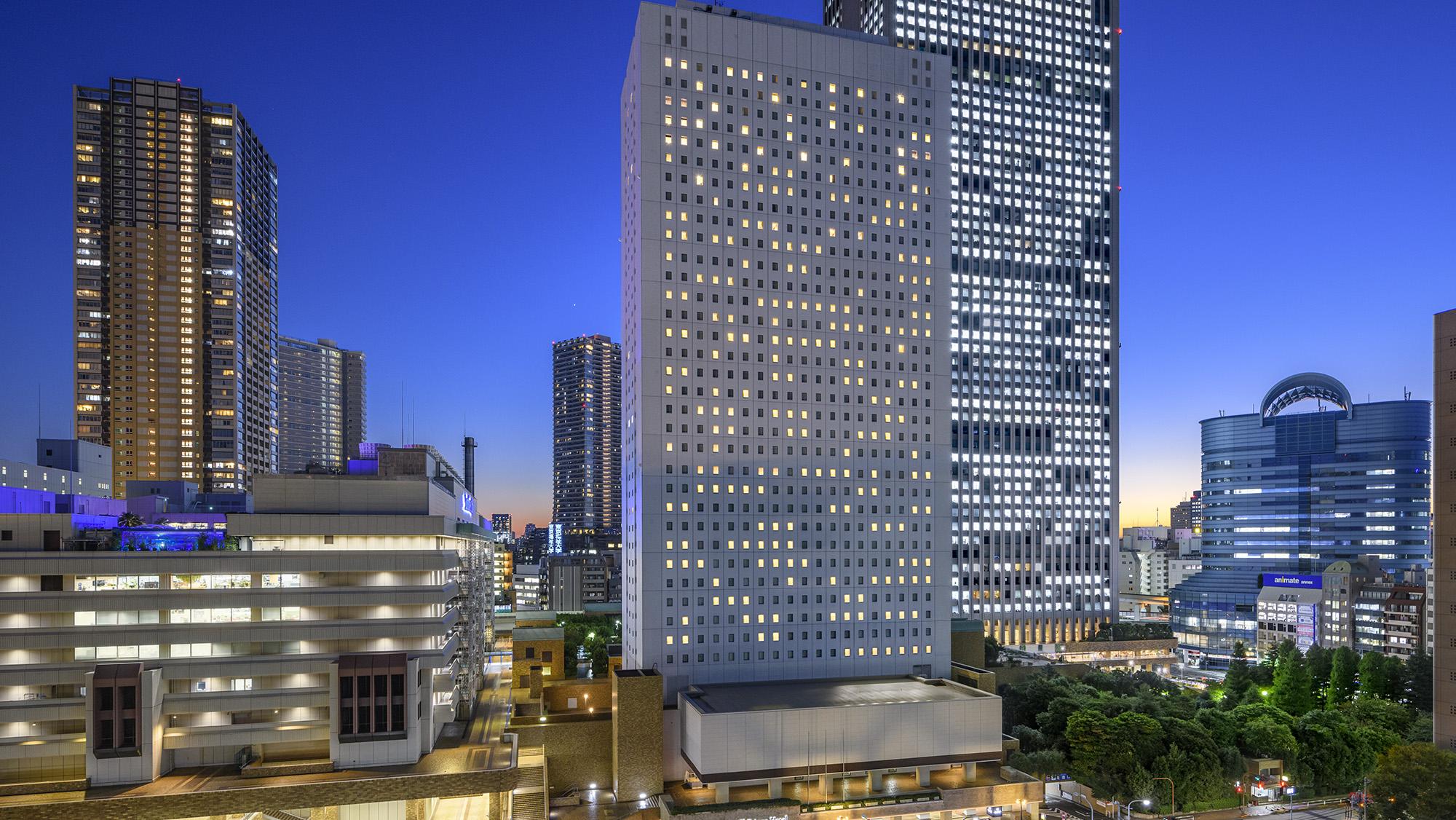
Convenient Tokyo Hotels with Airport Shuttle: Ideal for Families and Heavy Luggage
-

Stunning Tokyo Tower View Hotels: Enjoy Spectacular Scenery from Your Private Space
-

Convenient Asakusa Hotels with Kitchens: Ideal for Extended Family Visits
-

Experience Luxury: Hakone's 10 Best Five-Star Accommodations
-
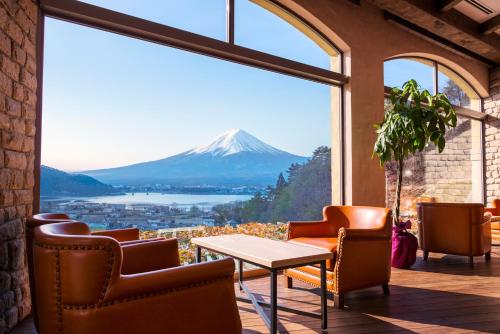
Enjoy Mt. Fuji Autumn Leaves! Top Hotels Near the Popular Autumn Leaves Corridor
-

Experience Hakone Fall Foliage from Your Room with Stunning Views
-

Japan's Bath Culture: Tips You Should Know!
-

Easy Day Trip from Tokyo! Ultimate Sightseeing Guide for Hakone & Lake Ashinoko!
-

Meiji Shrine (Meiji Jingu): Exploring the Sacred Sanctuary of Peace in Bustling Tokyo
-

Kichijoji – Explore Tokyo’s Top-Rated Stylish Suburb in Half a Day!
-

Explore, Eat, Relax - Welcome to the World of Onsen Gastronomy! Travel Japan's countryside, expand your culinary horizons, and soak in sumptuous hot springs
-

Numazuko Kaisho in Ueno: Good Quality, All-You-Can-Eat Seafood for Just US$12!?
- #best ramen tokyo
- #what to buy in ameyoko
- #what to bring to japan
- #new years in tokyo
- #best izakaya shinjuku
- #things to do tokyo
- #japanese nail trends
- #what to do in odaiba
- #onsen tattoo friendly tokyo
- #daiso
- #best sushi ginza
- #japanese convenience store snacks
- #best yakiniku shibuya
- #japanese fashion culture
- #best japanese soft drinks













